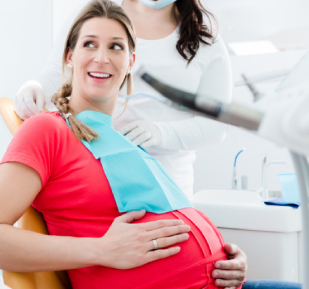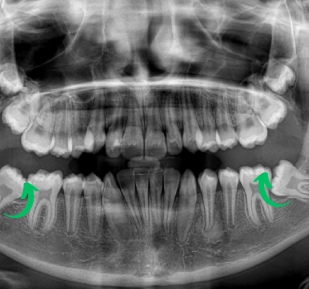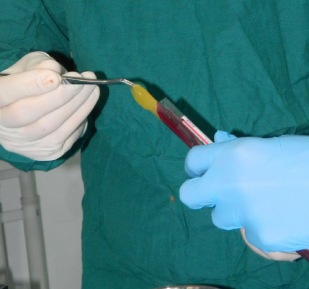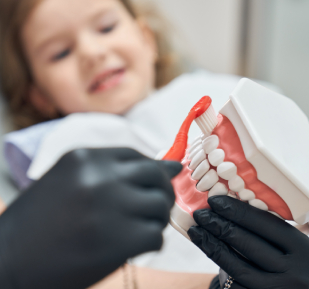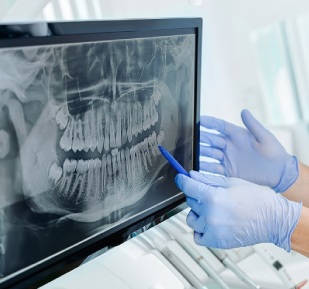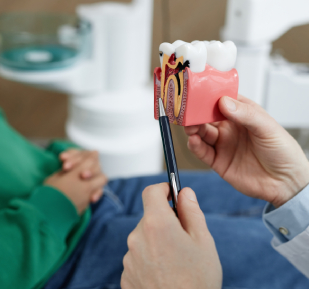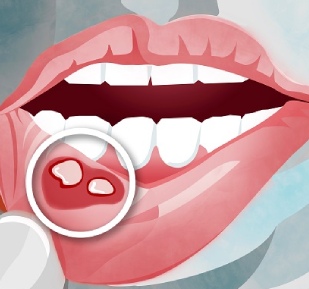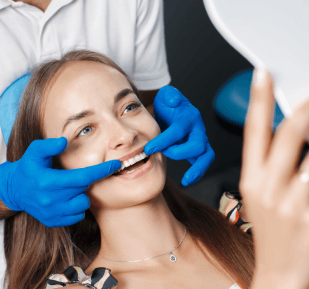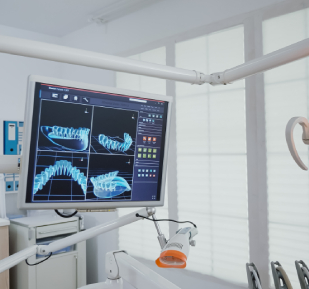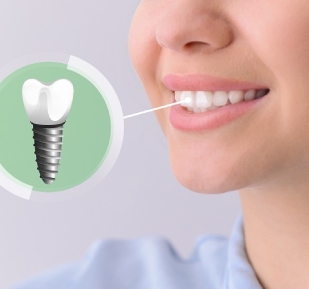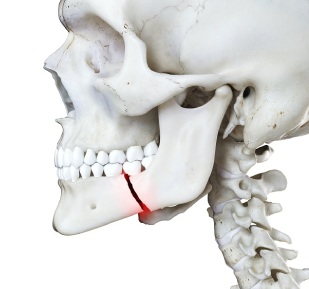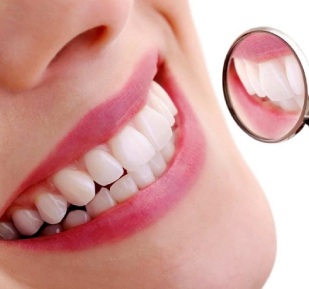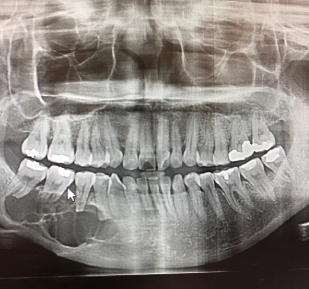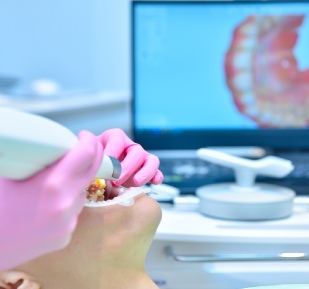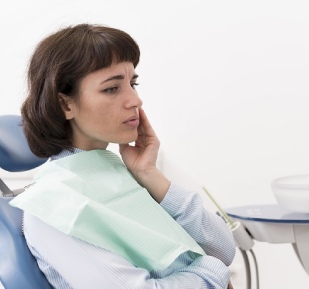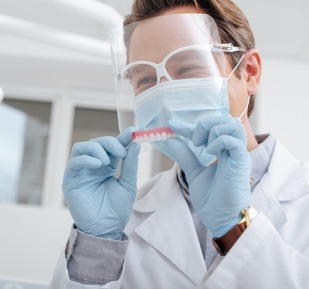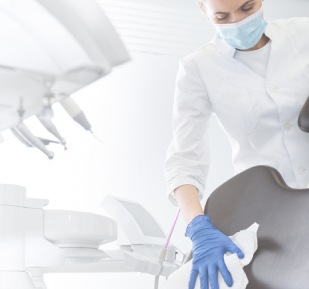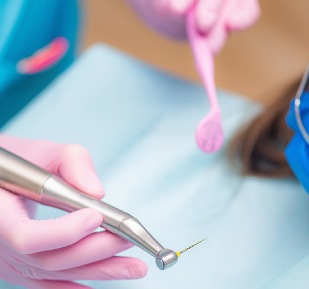Dental Treatments Under General Anesthesia And Sedation
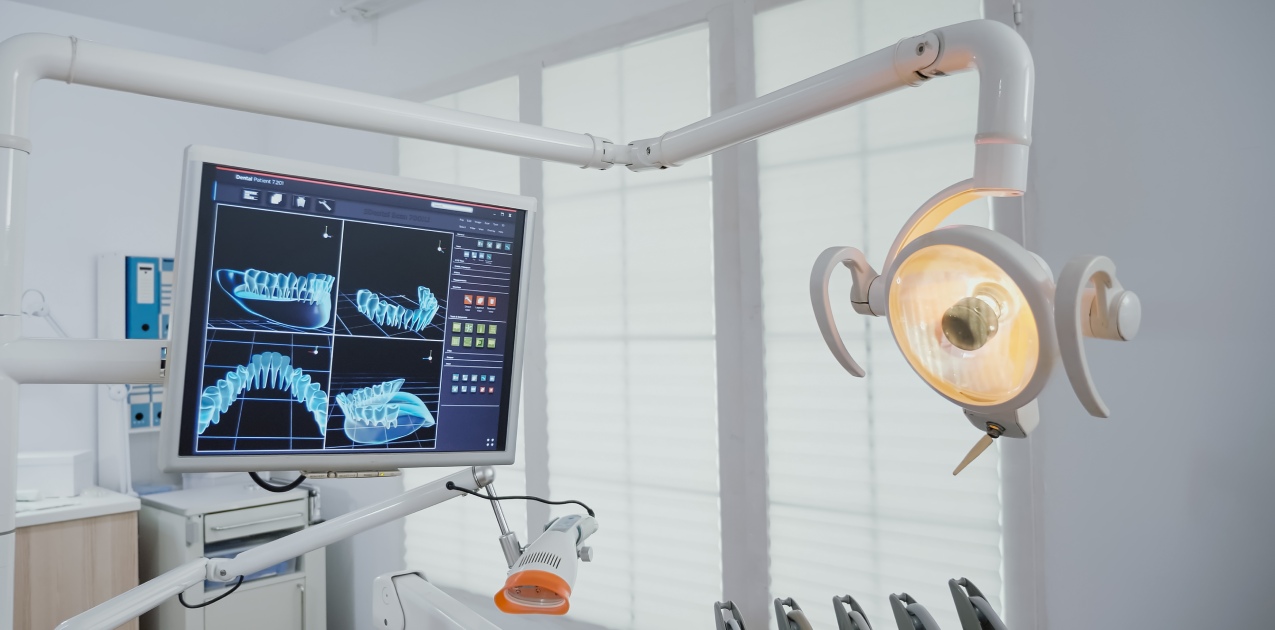
Our oral and dental health influences our appearance, interpersonal relationships, nutrition, and speech. It can negatively affect both our physical and emotional health. Therefore, regular dentist checkups are crucial in terms of maintaining our overall health. We may delay our dentist visits, or the applications planned by our dentist for numerous reasons. Some of these reasons are the following:
- Having excessive anxiety about pain during a dental examination and/or a dental procedure,
- Having an extreme gagging reflex,
- Having autism spectrum disorder.
For the above-mentioned reasons, delaying seeing a dentist can negatively affect our existing oral and dental health problems.
We use modern methods of anesthesia, which began with the discovery of nitrous oxide in 1776 and has come a long way to this day, to avoid delay due to above-mentioned reasons and in the treatment of highly progressed oral and dental problems that cannot be avoided. Nowadays, patient's general health status is evaluated, and anesthesia method is determined according to the process to be performed. These methods are the following:
- Anxiety and pain control
- Sleeping mode called sedation (mild, moderate, deep sedation)
- General anesthesia.
After about 250 years of developments, the risks associated with anesthesia are minimized, but they can not be fully eliminated. Therefore, sedation administrations must be performed by an anaesthetist in environments, where patients can be monitored uniterruptedly, and all the equipment and materials required to manage risks are present. Operating rooms should be used for general anesthesia administration.





